Washable wallpaper: which one to choose?
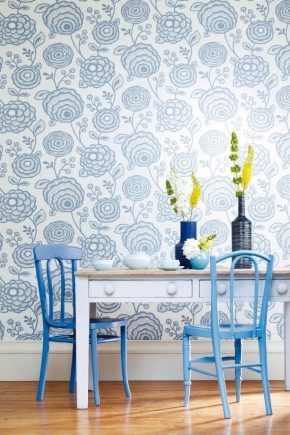
Washable wallpaper is especially relevant today. Their main advantage already follows from the name - such wallpaper canvases are not afraid of moisture and can be cleaned even with a wet rag. These surfaces are very useful when decorating walls in the kitchen, bathroom or in rooms prone to contamination.
However, washable wallpapers have their own characteristics and are presented today in various models. Therefore, in order to choose the right wallpaper, it is necessary to take into account some of their nuances.
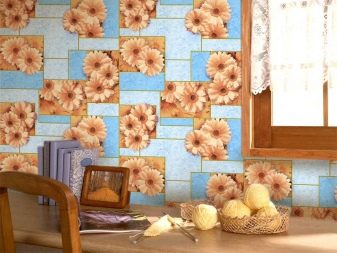

Peculiarities
The distinguishing characteristics of washable coatings include the following points:
- Such wallpapers are very durable.
- Resistant to moisture.
- Easy to care for.
- They have a long service life.
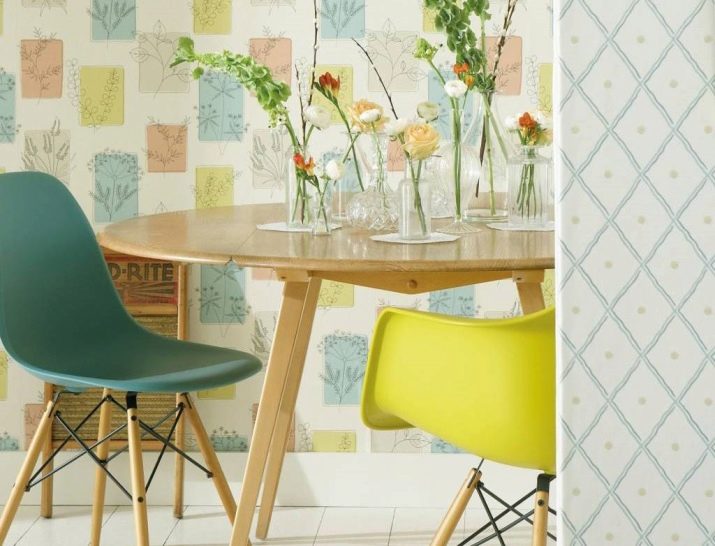
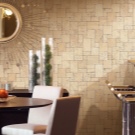
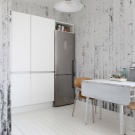
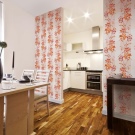
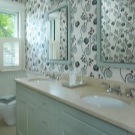
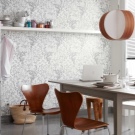
When buying washable wallpaper, they should be marked with a special marking, which should be paid special attention to, as it will tell you about the level of resistance of the coating.
By marking, wallpaper is divided into the following types:
- Moisture resistant. One wave is drawn on the marking of such wallpaper. Wipe them with a slightly damp cloth. In high humidity, there is a risk of damage to the coating. Therefore, it is not recommended to glue them in rooms such as, for example, a kitchen.
- Washable. Double wave marking. In this case, it is recommended to wipe the surface of such a coating with slightly alkaline detergents.
- Super washable. Three waves are indicated on the marking of these coatings. Their surface can be wiped with a sponge and various detergents and cleaners.
- Super washable and resistant to cleaning. In this case, the markings indicate the waves and the brush. Such wallpaper can be cleaned with various detergent solutions and wiped with a brush without fear.

What types are distinguished?
Now you need to consider directly the types of wallpaper. They can be represented by the following models: vinyl, acrylic, fiberglass, metal coatings, cork wallpaper, on which a wax coating is applied. All these types have their own characteristics and properties during operation. Below we will consider each type of washable wallpaper separately.
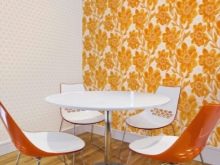
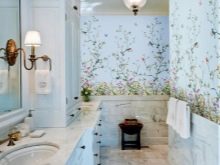
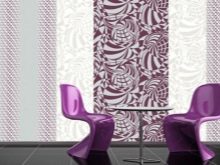
Vinyl
This type of washable coatings is the most widespread and popular, due to their rather low cost and a wide range of choices. Such a model is not susceptible to fading from sunlight.
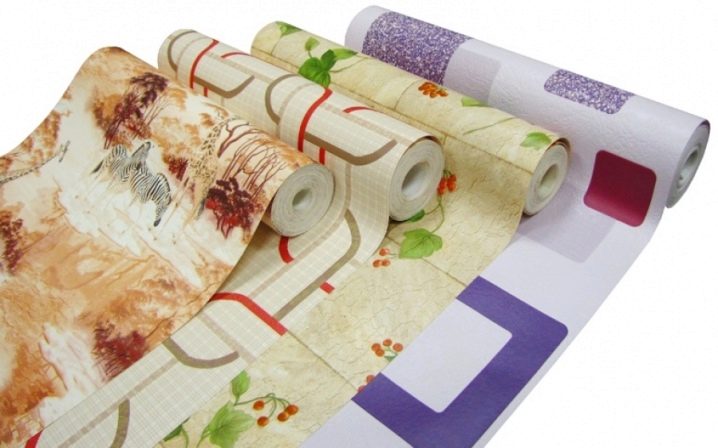
In turn, vinyl wallpaper can be subdivided into subspecies, depending on the methods of their production:
- Foamed vinyl canvases are quite voluminous, but very light. They do not require special preparation of the wall surface before gluing them. It is very convenient to use such canvases to hide some defects in the wall.
- Vinyl flat wallpaper are quite durable and dense material. Such wallpaper is produced by hot stamping. Usually flat vinyl is made to imitate a stone surface.
- Kitchen vinyl. From the name it follows that this material is very convenient for wall decoration in kitchens. These coatings are quite dense and thick, and they are produced using rubberized vinyl, which makes their surface very resistant to moisture. Such wallpapers can be both smooth and embossed.
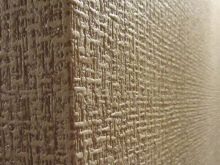
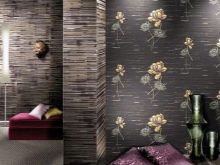
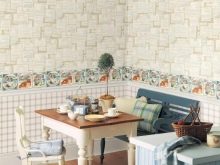
Acrylic
From the name it is obvious that in the production of such wallpaper, acrylic is used, applied to a paper base. Thanks to this layer, the material is resistant to moisture and easy to clean from dirt.It should be noted that the material of these coatings has good air permeability. It is not recommended to wash such wallpaper with the use of various detergents.
It is best to use a damp sponge when cleaning these wallpapers.
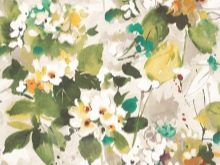
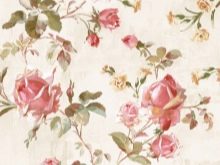
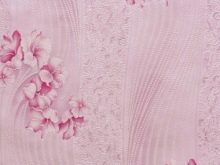
Non-woven
If vinyl canvases are chosen for a damp room, such as a bathroom or kitchen, then it is worth choosing wallpaper that contains non-woven fabric. Non-woven coverings are very resistant to high humidity. The service life of this material is approximately 20 years.
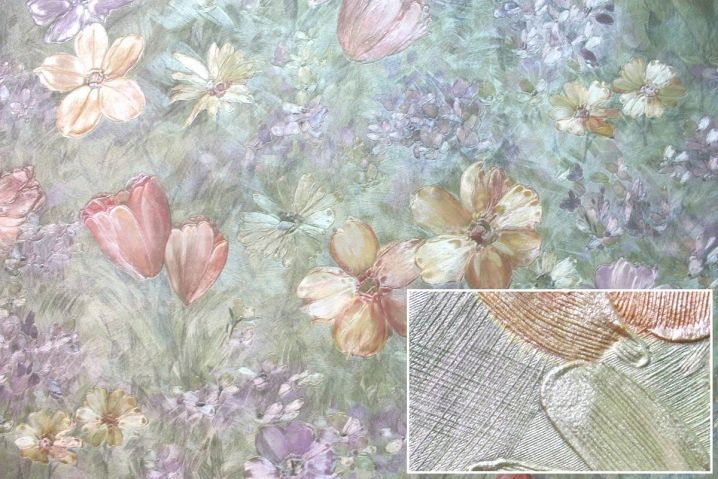
Liquid
The main advantage of this model is environmental friendliness. The addition of active chemicals is not used in their production. Initially, such wallpaper is a dry powder and when applied to the wall, they must be thoroughly mixed with water. It is recommended to stir by hand.
This material should be applied to the wall in a thin layer to avoid unevenness. Special preparation of the walls for applying the liquid composition is not required.
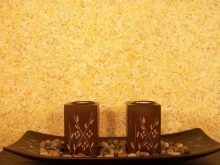

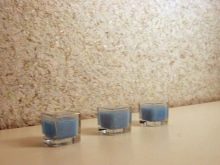
Other types:
- Fabric. This model is quite exclusive and rarely used. For its production, a textile layer and a paper base are used.
- Film. This type of material is made by applying polyvinyl chloride mass on a paper base. This layer makes the surface moisture resistant.
- Glass fiber. The basis for the material of this model are glass threads, which makes the canvases incredibly strong, non-combustible, wear-resistant and durable. Their service life is over 20 years. It is worth noting that such a coating can be painted independently in any suitable color. It is advisable to use latex or acrylic paint.
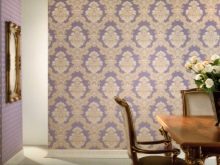
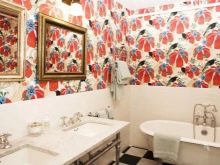

- Metallic wallpaper. In the manufacture of this type of coating, a paper base and aluminum foil are used. These coatings have a wide range of advantages: they are more durable than all other types, they do not require wall preparation before gluing, they increase the level of noise insulation, are incredibly resistant to high humidity and are very easy to clean.
- Wax-coated cork wallpaper. This model is the most natural and clean for wall covering, as this wallpaper is made from the bark of cork trees. A layer of wax over the base provides this type of protection from moisture. But it is not recommended to clean them with household chemicals.
- Ceiling. This model has a lower cost compared to stretch ceilings and looks quite aesthetically pleasing. Such material does not require careful surface preparation.
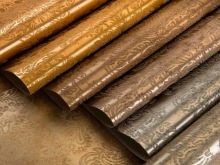
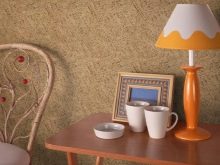
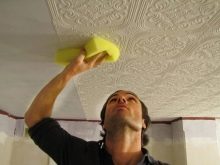
When gluing washable wallpaper, it is necessary to take into account some features:
- When gluing washable surfaces, special attention should be paid to the glue that will hold the wallpaper. This adhesive should have a stronger effect than conventional paper surfaces. Each type of wallpaper has its own glue. For metal coated surfaces, a dispersion adhesive containing a fungicide is usually used.
- When gluing, special attention should be paid to the seams, so that during operation and cleaning the edges of the wallpaper do not move away from the wall when moisture penetrates under the seams. If there is a gap between the seams, then the strips will get wet and lose their external advantages.
- Do not wash the surface too often, because frequent cleaning will be harmful for any coating.
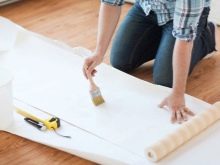
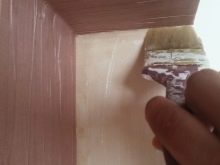
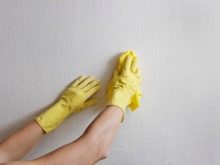
What can be washed?
For cleaning surfaces at home, it is best to choose a softer sponge. It is also necessary to prepare a dry cloth in advance.
Next, you need to fill the bowl with warm water. After that, you need to add a cleaning agent to it. For washing wallpaper, soap shavings are also suitable, which can be made by rubbing a bar of laundry soap on a grater or finely cutting it with a knife. The shavings are added to a bowl of water and mixed thoroughly either by hand or using a mixer.
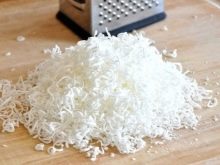
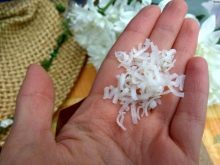

Next, you should well moisten the prepared sponge in the resulting solution and squeeze it slightly.On the contaminated area, it is worth making smooth movements with a sponge without applying much effort. After that, it is necessary to wipe the remains of the soap solution from the surface of the coating with a previously prepared dry cloth.
For light stains, a soap solution is fine.
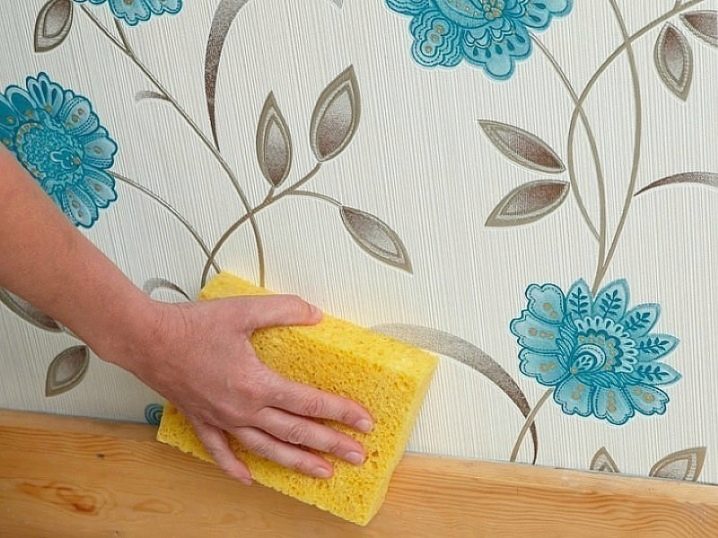
Many housewives also often use a baking soda solution to clean up the wallpaper. This is a fairly old and tried-and-true method that will help remove dirt and deposits. For one liter of water, add 20-30 grams of baking soda, which can be found in any kitchen.
For more intimidating stains, such as greasy stains, it is best to use household cleaning products. When using them, you should carefully read the composition so that there is no risk of damaging the surface of the canvas.
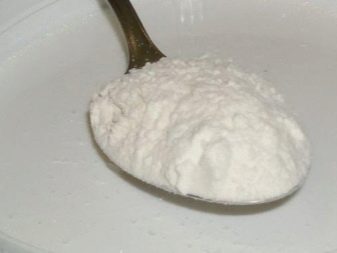
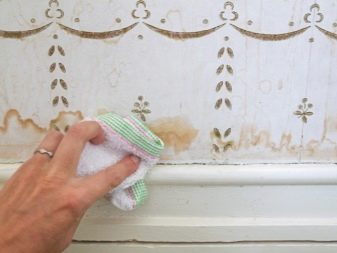
Variants and examples in the interior
Some recommendations for using wallpaper in interior design:
- If, when renovating a room, it is planned to glue different models of wallpaper, then you need to choose models of the same thickness.
- Bright colors are best combined with soft, pastel or beige tones.
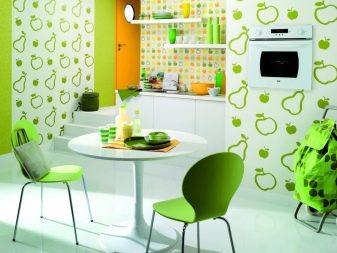
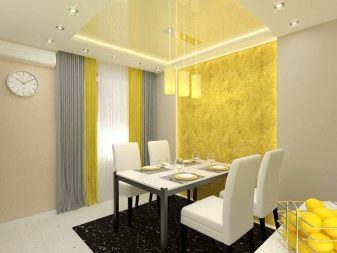
- It is necessary to level the surface of the walls before gluing.
- A modern and creative move is the selection of one wall in the room with the help of original canvases. Such a wall should have a bright and light color, and it is desirable to give all other walls neutral and monochromatic colors.
- In almost any furniture store, the seller can provide you with a catalog with products and examples with original wall designs.
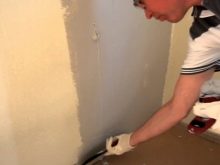

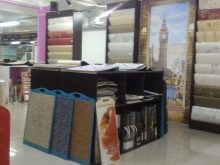
- If you are not sure of the correct choice of wallpaper color, then you can buy "trial" rolls of different models and see at home which of the options suits the room better.
- Having bought textured wallpapers, you can paint them in any color to your taste, since this type of coating is made specially colorless for further painting.
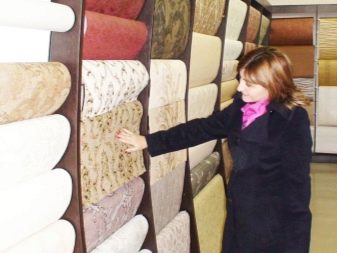
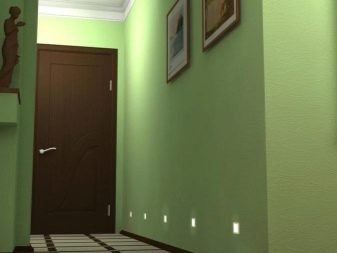
- Wall murals depicting a metropolis or landscape will help to visually enlarge the room.
- If the room has a low ceiling, then the designers advise using a wall covering with vertical stripes, and for a narrow room or corridor with horizontal stripes.
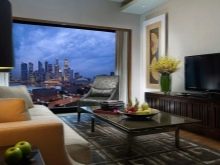
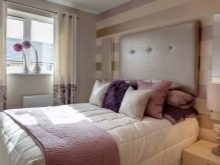
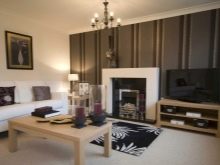
For more information on washable wallpaper, see the next video.













The comment was sent successfully.